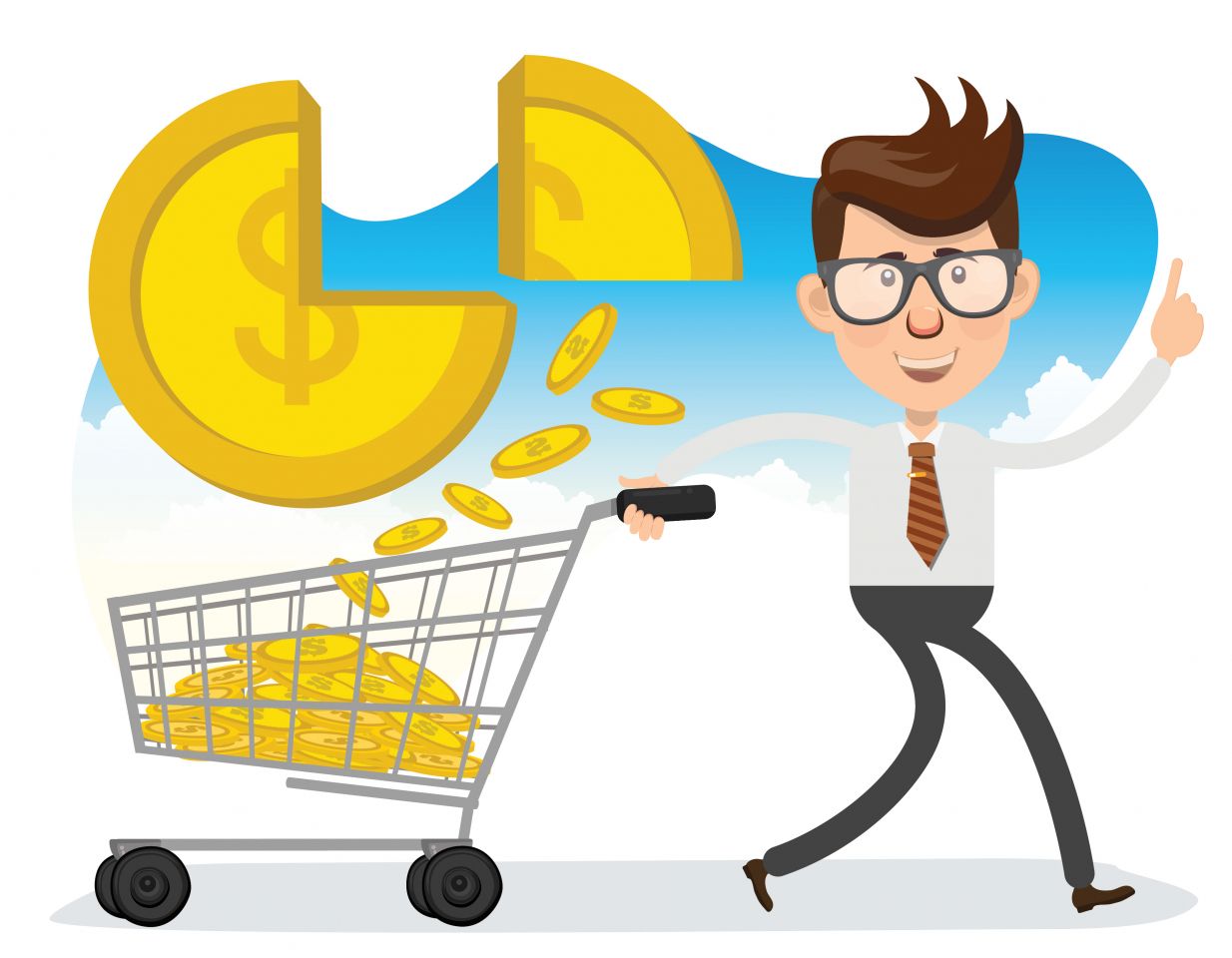What is a basket of goods?

In economics, the term basket of goods refers to a fixed set of consumer goods or services, the prices of which are used to measure a nation’s rate of inflation. The basket’s price and contents are evaluated on a regular basis, allowing governments to track inflation.
The basket of goods is used to gage the Consumer Price Index (CPI) used to measure the cost of living – if the price of the basket of goods rises by 5% in a year, inflation can be said to be 5%.
Where have you heard of a basket of goods?
For many people, a basket of goods refers to the weekly shopping – the everyday products we buy on a regular basis such as food, clothing and household goods.
Using a defined set of everyday products in the basket of goods means governments can track how the cost of living changes over time. Items are added to and removed from the basket on a regular basis to reflect changes in consumer habits. For example, in March 2021, the Office of National Statistics reported that antibacterial hand gel had been added to the UK’s basket of goods in 2020 - during the COVID-19 pandemic, the product has become a staple good for consumers.
What do you need to know about a basket of goods?
The US Bureau of Labour Statistics has used the basket of goods measurement since 1913. Comparing the current cost of goods to that of previous years gives us the Consumer Price Index, which allows us to track how the cost of living has changed over time.
While the CPI and the basket of goods are widely acknowledged measures of inflation, they are not without flaws. Many economists argue they do not provide a true picture of how the cost of living changes. Criticisms of the basket of goods as a measure include:
-
Price rises can result from an increase in the quality of a product, which doesn’t reflect inflation. Comparing the price of a cell phone today to that of one bought 10 years ago is difficult as they are essentially different products.
-
Too much focus is on the shopping habits of urban consumers. Rural and suburban shoppers are overlooked, leading to an inaccurate measurement for the country as a whole.
-
It doesn’t account for substitution bias – when goods increase in price, consumers often purchase cheaper alternatives which are not included in the basket of goods.